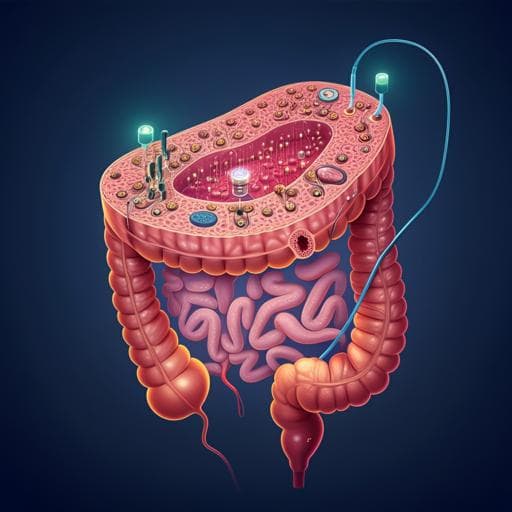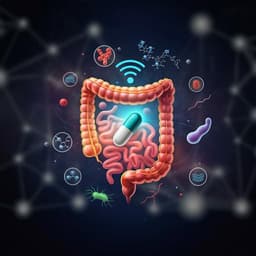
Medicine and Health
A microphysiological system for studying barrier health of live tissues in real time
R. Way, H. Templeton, et al.
Discover an innovative microphysiological system that measures real-time barrier permeability of mouse colon tissue, maintaining viability for up to 72 hours. This groundbreaking research by Ryan Way, Hayley Templeton, Daniel Ball, Ming-Hao Cheng, Stuart A. Tobet, and Thomas Chen reveals insights into leaky gut and barrier-related diseases.
~3 min • Beginner • English
Related Publications
Explore these studies to deepen your understanding of the subject.







